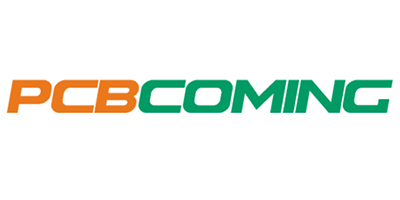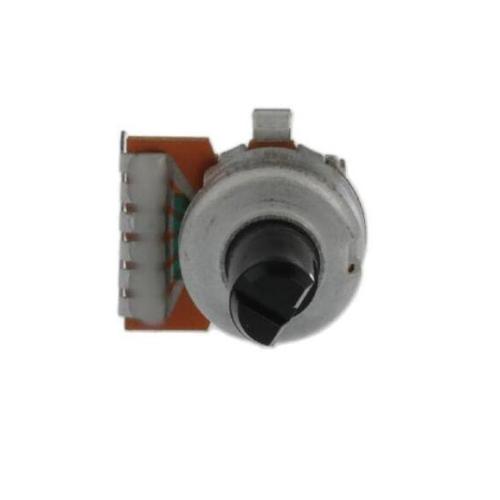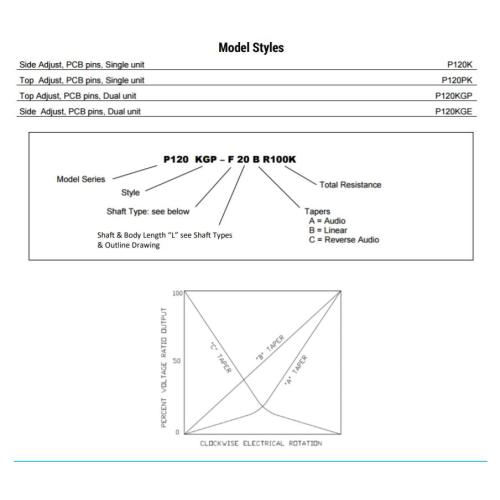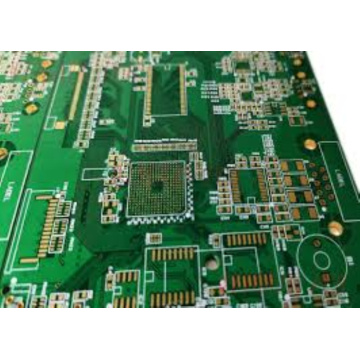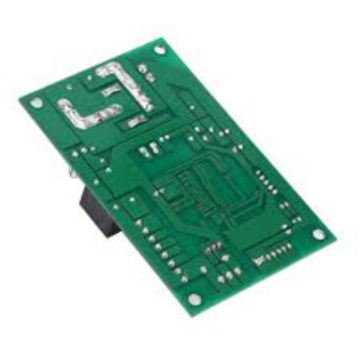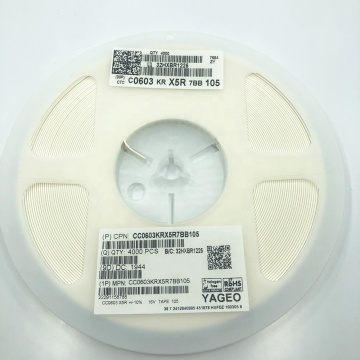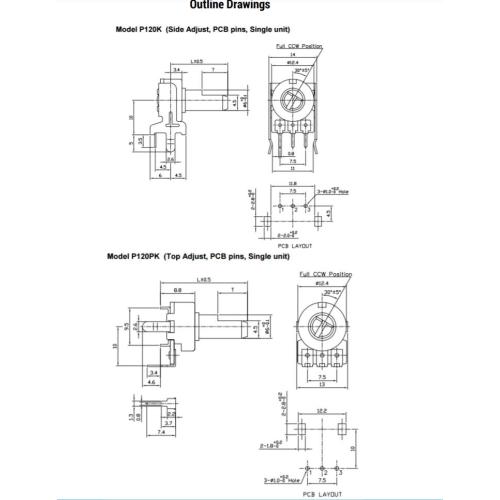
100k Ohm 2 Gang Linear Through Hole
-
$0.35≥1 Piece/Pieces
- Min. Order:
- 1 Piece/Pieces
- Min. Order:
- 1 Piece/Pieces
Your message must be between 20 to 2000 characters
Contact NowWhat are the types of variable resistors?
1. Type variable resistor The film type variable resistor adopts a rotary adjustment method, which is generally used in small signal circuits to adjust the bias voltage or bias current, signal voltage and so on. The film type variable resistor is usually composed of a resistor body (synthetic carbon film), movable contacts (movable metal reeds or carbon contacts), adjustment parts, and three pins (or soldering tabs). Two of the fixed pins are connected to both ends of the resistor body, and the other pin (center tap) is connected to the movable contact piece. Use a small flat-shaped screwdriver to rotate the adjustment part and change the contact position between the movable contact and the resistor body, and then the resistance value between the center tap and the two fixed pins can be changed. Membrane Electronic Resistor and Capacitor have three structures: fully sealed, blue sealed and unsealed. Fully sealed film variable resistors are also called solid variable resistors. The resistor body is made of carbon black, quartz powder, organic adhesives and other materials, and then pressed into the matrix of plastic or epoxy resin. , And then polymerized by heating. The movable contact piece is made of carbon contact, and the adjusting part is made of plastic. The resistor body (Electronic connectors)and the movable contact are sealed by a metal shell (there is an adjustment hole above the metal shell). Its advantage is that it has good dustproof performance, and poor contact failures rarely occur. The manufacturing process of the resistor body of the semi-sealed membrane variable resistor is basically the same as that of the fully sealed variable resistor. The movable contact piece adopts a metal reed, and the external plastic cover is sealed. When the plastic cover is rotated, the movable contact piece also rotates. This variable resistor is easy to adjust, but the dustproof performance is not as good as the fully sealed film variable resistor. Non-sealed film variable resistors are also called chip-shaped adjustable resistors. The resistor body is made of carbon black, graphite, quartz powder, organic adhesives, etc. to form a suspension and coated on glass fiber board or bakelite board. Into. The movable contact is made of metal reeds, and the reeds are provided with adjustment holes, and no separate adjustment parts are provided. The disadvantages are poor dustproof performance, easy oxidation of the contacts, and poor contact with the synthetic carbon film. 2. Wire-wound variable resistors Wire-wound variable resistors are power resistors, which have the advantages of low noise, high temperature resistance, and large carrying current. They are mainly used for voltage or current adjustment of various low-frequency circuits. High-power wire-wound variable resistors are also called sliding-wire variable resistors, which are divided into axial porcelain tube-type wire-wound variable resistors and porcelain disc-type wire-wound variable resistors, which use a non-sealed structure. Low-power wire-wound variable resistors include circular vertical wire-wound variable resistors, circular horizontal wire-wound variable resistors and square wire-wound variable resistors, all of which are fully sealed package structures .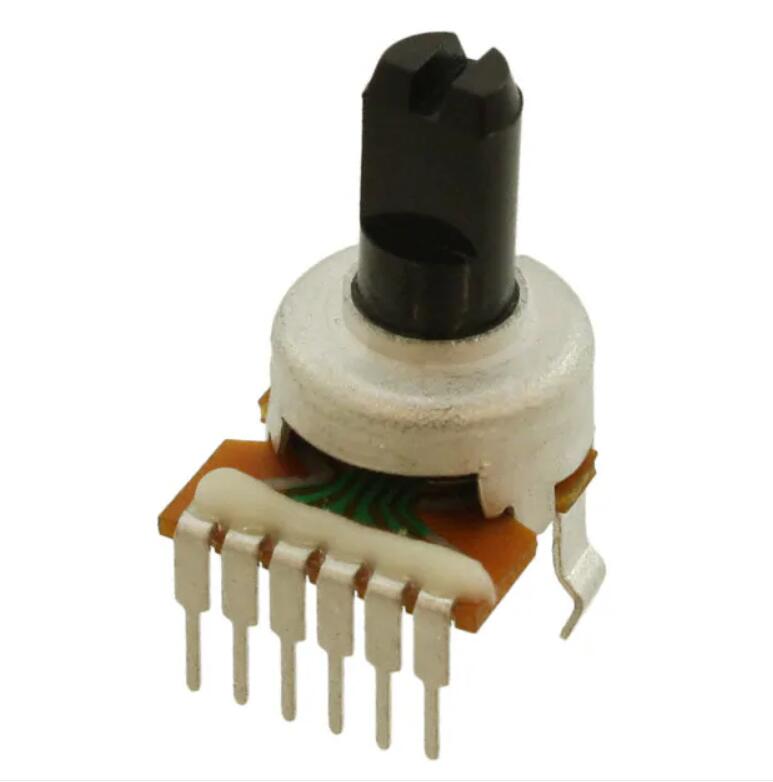
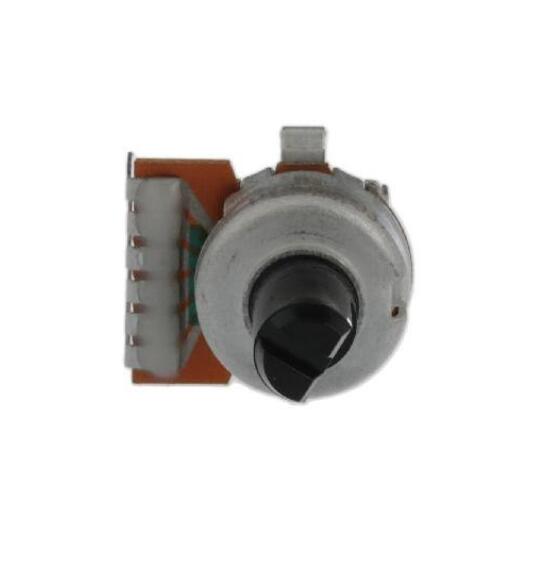
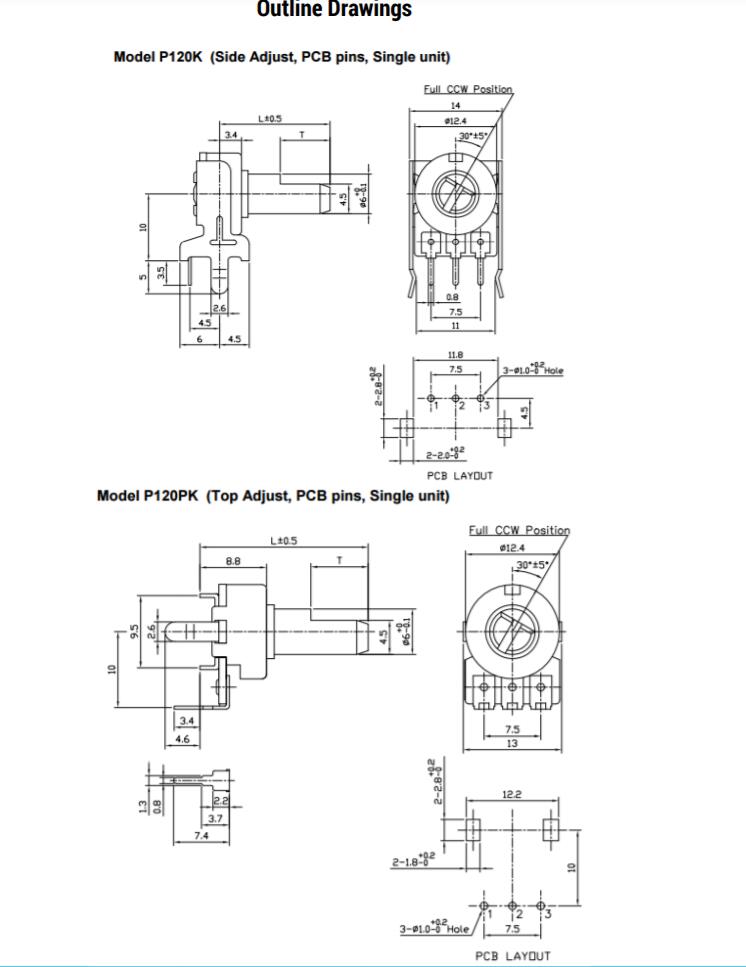
Related Keywords

